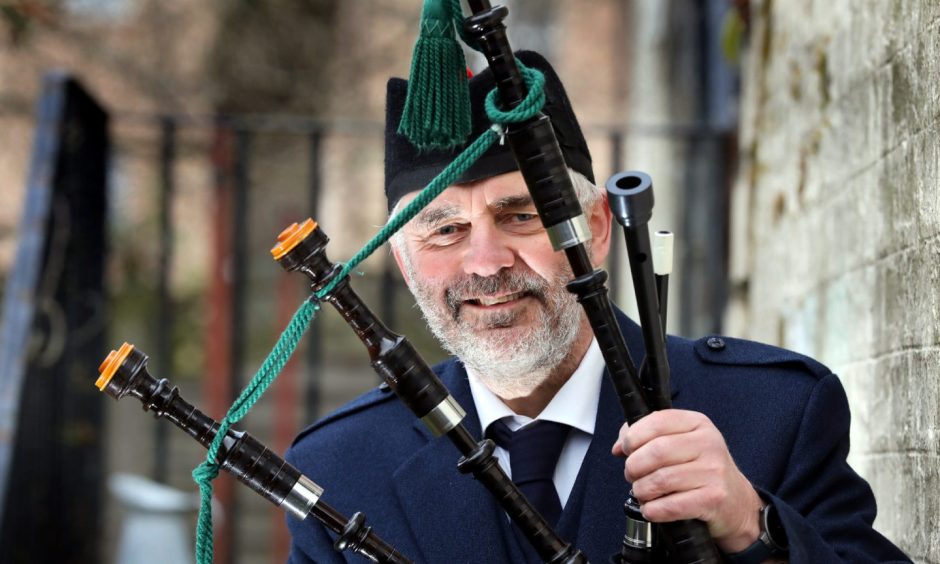
Haggises, both traditional and veggie, will be flying off supermarket shelves this weekend as folk across Tayside and Fife stock up to celebrate the birthday of beloved bard Robert Burns.
Marked each January 25 on the birthday of Scotland’s national poet, Burns Night is a curious cultural holiday.
It started in Burns’ own Ayrshire house five years after his death, with nine of his close friends getting together to recite his works and toast the man himself.
Then it was popularised around 15 years later when Sir Walter Scott threw a much grander, more literary Burns Supper in Edinburgh.
Now, for many 21st century Scots wrapped up in January’s skint, post-Christmas grind, Burns Night slips by unacknowledged.
Or perhaps it’s marked only by that famous supper – haggis, neeps and tatties – which is synonymous with the occasion, and a wee dram.
Yet for many others, it’s the biggest night on Scotland’s cultural calendar, and a full Burns Supper, including the customary recital of the poet’s works, tartan regalia, ceilidh and carousing, is on the cards.
And thanks to Scotland’s scattered expat community, Burns Suppers are held in all pockets of the globe, from Fiji to Uzbekistan, Kenya to Canada.
But are these purportedly Scottish suppers celebrating Scotland as it is now? Or clinging to a romanticised vision of Caledonia, as long dead as Burns himself?
‘What’s so wrong with a rose-tinted view?’
Perth solicitor David White grew up “just down the road” from Ellisland Farm in Dumfries, where Burns did the bulk of his work.
And for him, Burns Night lives firmly in the realm of the “curated, biscuit-tin image of Scotland that expats love and we here pretend to hate, fabricated by Sir Walter Scott”.
This, he clarifies, is not a bad a thing.
“What’s so wrong with it, really?” chuckles David, 26, who is also the co-founder of Tayside-based cultural preservation charity, Folklore Scotland.
“We do have ancient castles, rolling hills, swathes of forest and hundreds of majestic miles of coastlines. And at a Burns Supper, there are often fully grown men in colourful skirts gieing it laldy either on the dance floor or on the pipes.
“The couple of times a year I get to get dressed up and absorb that kitsch, rose-tinted view of Scotland are fabulous.”
And he believes that the traditions around Burns Night, such as school Burns poetry reciting competitions, are important cultural touchstones in a modern Scotland.
“It means connecting with friends and past generations by learning the same songs and poems that your parents learned, and their parents, and so on,” he explains.
“I also have the slight bias of loving a school Burns poetry competition, as it was one of the few areas a short, fat, unathletic kid could win a trophy!”
‘Class divide’ at Burns Supper events?
His wife and fellow co-founder of Folklore Scotland, Dundee-born author Rebecca White, also 26, echoes the support for Burns in Scottish schools, saying: “Anything that promotes the Scots language or any aspect of Scottish culture is a good thing.”
However, she notes there is “an element of class divide” when it comes to the celebratory events themselves.
“I worked in a hotel for several years and what I did notice was that all of the Burns events we hosted were always either by the military or Rotary Clubs,” she observes.
“It was never just a family Burns supper or a community club Burns Supper.
“I definitely think there is an element of class divide when it comes to Burns Supper now.”
Mental health issues, money problems, and radical politics – Burns is a modern Scot
For former Dundee councillor and current Dundee Burns Society president Jimmy Black, there’s no question about Burns’ continuing relevance to a modern Scottish society.
“It would be wrong to think of Burns as some kind of relic of the past,” says Jimmy, 65. “He’s part of a living tradition which continues to develop in the modern day.
“Burns had serious mental health problems at various points during his life – he spends months of his life suffering from depression and despair, wondering how he is going to get out of poverty.
“That obviously chimes with the modern day, because clearly we’ve got a real problem with mental health at the moment in Scotland, significantly among young people, as well as the cost of living crisis.”
Jimmy also draws parallels between the recent Post Office scandal which has dominated the media and Burns’ own challenges as a political radical.
“He wanted to see change, but like many people, he had to be careful because at the end of his life, he worked as a civil servant,” explains Jimmy.
“So he had to make compromises, he had to think about whether or not he should risk the income which allowed him to feed his children and his wife by being forthright about his views, or whether he should just button up and be careful.
“How many people during the Post Office scandal just decided they weren’t going to speak up, because they were worried about losing their jobs?”
As for the idea that Burns Suppers are elitist events, Jimmy admits that some are – but that ultimately, the occasion is “for everyone” and the events are “very accessible”.
“Yes, the great and good and the high and mighty have Burns Suppers, but there are Burns Suppers going on all over the country – in people’s homes, but also in community halls,” he says.
“Some of them are free, some you pay for, and some you’d pay a fortune for. But in the end, what they’re all doing is the same thing: remembering the poet.
“And even if it is a bunch of elitists, maybe our elites could do with hearing A Man’s A Man For A’ That, Scots Wha Hae, or some of the beautiful love poems Burns wrote about women!”
‘Burns wants some company’
However, both Jimmy and Rebecca White reckon that Burns Night could be brought further into the 21st century by using the occasion to celebrate other Scottish poets, living and dead – not just Burns.
“There are many other poets who should be heard in Scottish schools. Maybe the point should be to give more time to that part of the curriculum, rather than just carving out Burns,” Jimmy muses.
“Burns wants some company. He liked company when he was alive, so let him have some company of poets now he’s gone.
“I think if he’s watching, somehow or other, he’d appreciate it.”
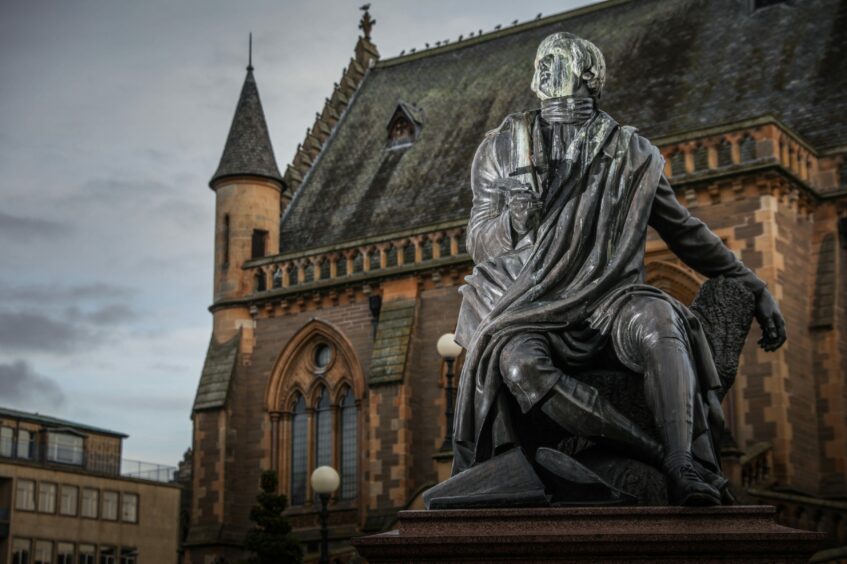
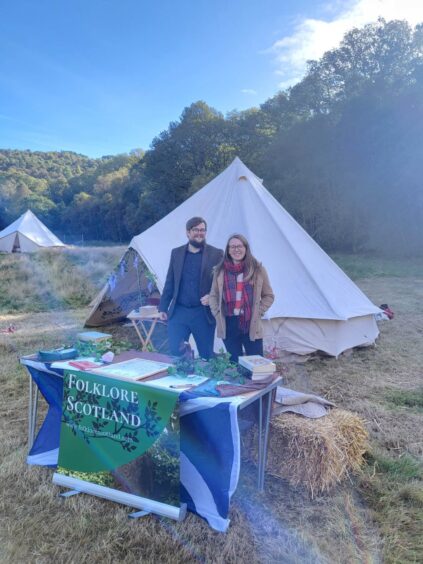

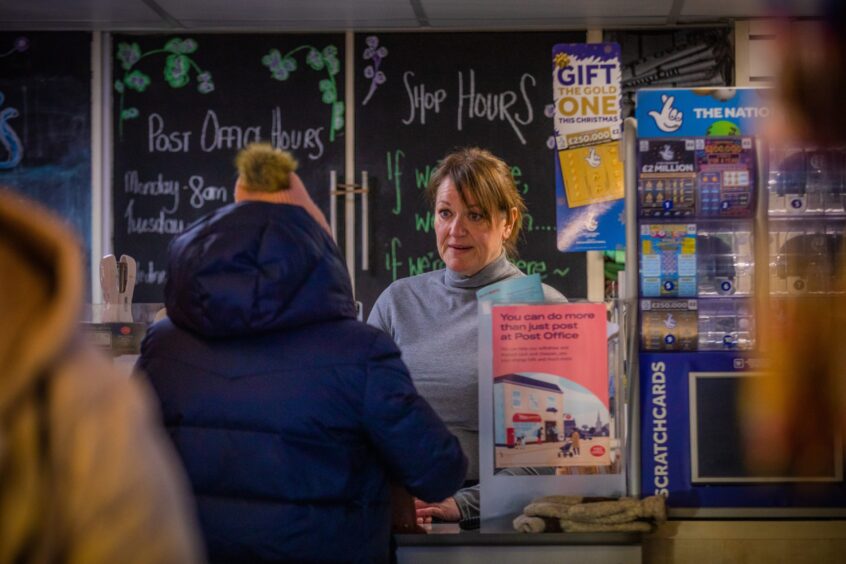








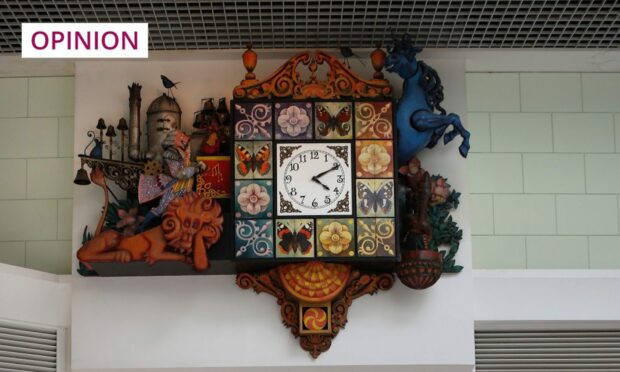
Conversation